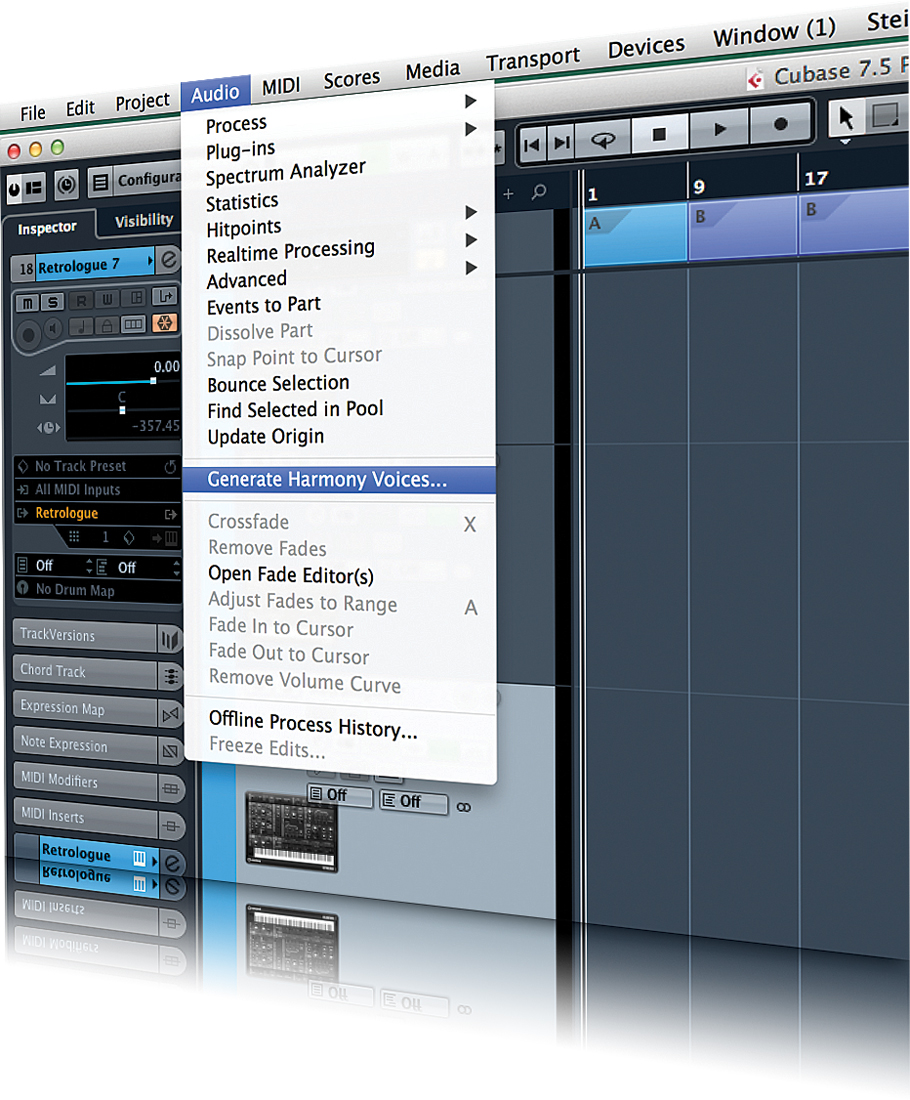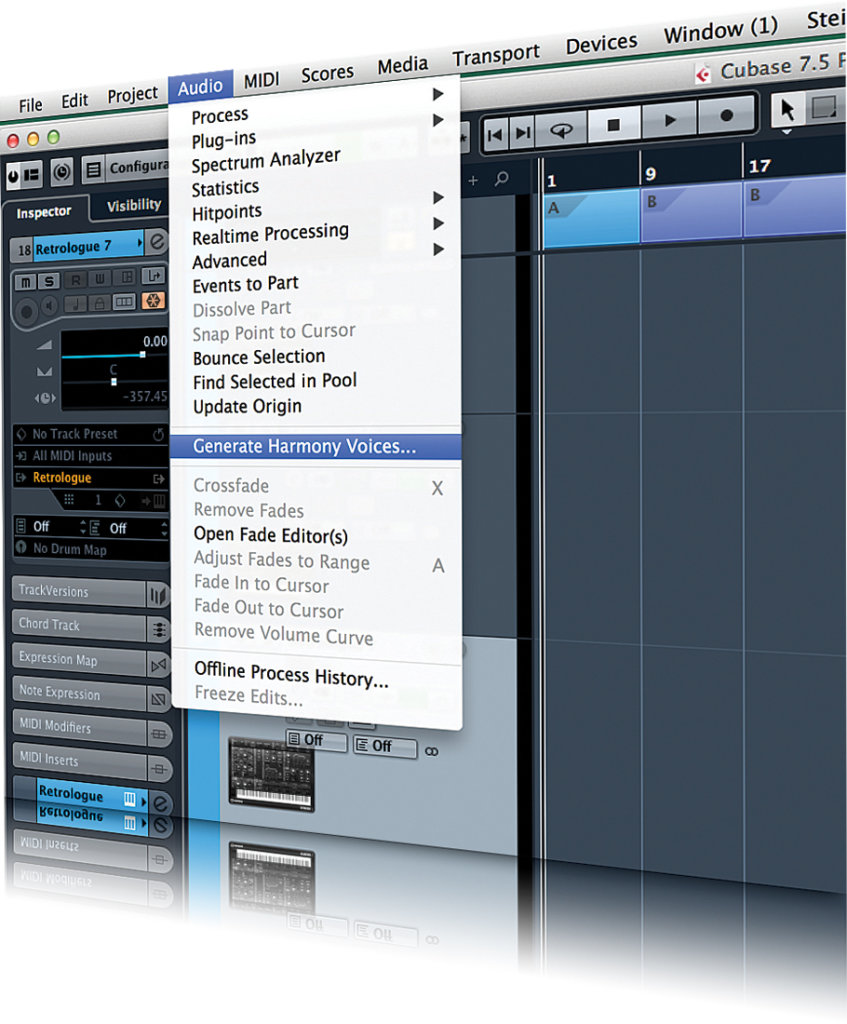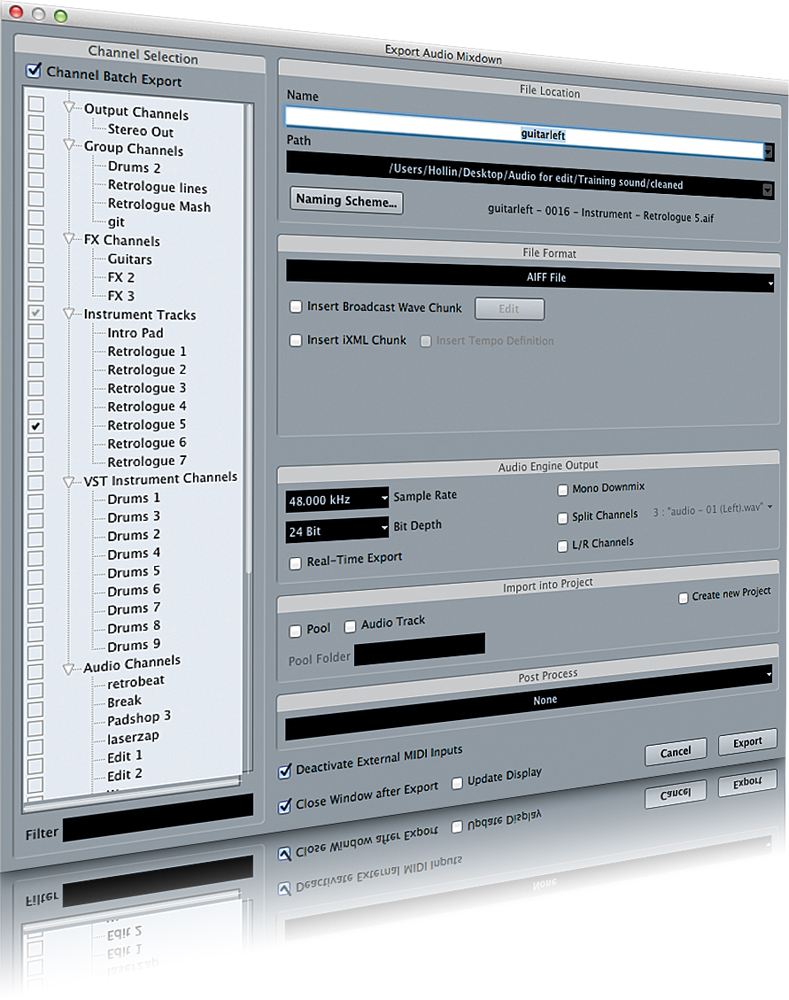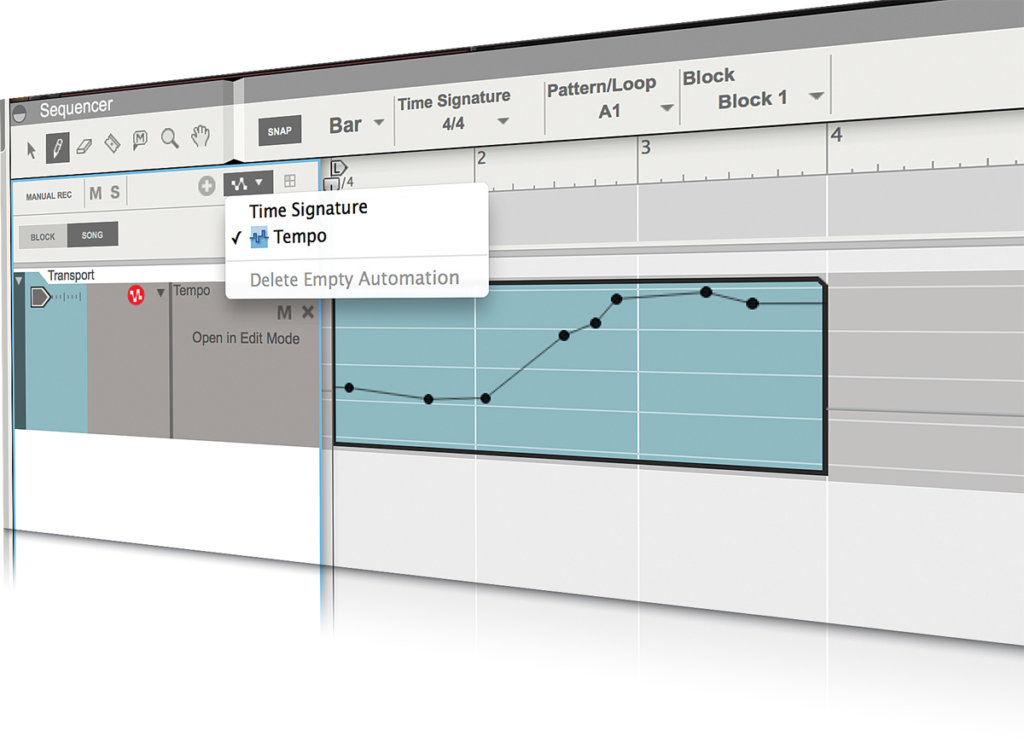Twenty Arrangement Tips 11 – 20
Hollin Jones continues his exploration of the best ways to arrange your tracks, here’s tips 11 – 20: 11: Vocal harmonies help Vocal harmonies or backing parts can add a lot to an arrangement. They don’t even have to be singing words, often just ‘oohs’ or ‘aahs’ will do it. Even if you don’t have […]

Hollin Jones continues his exploration of the best ways to arrange your tracks, here’s tips 11 – 20:

11: Vocal harmonies help
Vocal harmonies or backing parts can add a lot to an arrangement. They don’t even have to be singing words, often just ‘oohs’ or ‘aahs’ will do it. Even if you don’t have backing vocalists available you can either record them yourself or use technology to help. Some plug-ins (such as Melodyne ) or DAWs (check out Cubase with its VariAudio technology) can help you to easily generate harmonies from a simple, monophonic vocal recording.
12: Turn on the radio
Always listen to music to get ideas. If you’re working on a pop song, listen to a load of pop music and analyse the structure. What is its instrumentation? How long is the track? How many times do they repeat the chorus? How long does it take to get to the first hook? Stuff like this is invaluable!

13: Keep stems
Whenever you work on a project, always save the stems out at the end in addition to your original project file. As well as providing a backup it will mean that remixes and instrumentals can be created at a later date with a minimum of hassle. Hopefully your software supports batch export, but if it doesn’t simply put the kettle on and get exporting one by one.
14: Keep it varied
It’s all too easy to come up with a drum part and just copy and paste it all the way through a track. A real drummer would vary things a little, throwing in some flourishes and variations here and there to keep things interesting. Try not to let a beat get stagnant, and consider adding small augmentations and extra elements at different points in a track.

15: Change tempo
Although tempo and time signature automation can seem gimmicky if used too often, they can also be very effective if used sparingly. DAWs almost all enable this trick of changing speed within a track, and it can be a good way to keep things interesting. It’s not limited to dance music, either: check out Radiohead’s Paranoid Android as a track that uses it to devastating effect.
16: Keep it interesting
Don’t let your track get boring. Be ruthless with the arrangement. Does it really need that fifth verse? A track that’s three minutes long with no fat is better than a five-minute track that drags and feels full of padding. If your music is electronic, is it just repeating the same beats and loops over again? Create variation, builds and breakdowns to keep things interesting.
17: Don’t confuse people
Being experimental and avant-garde is fine as long as you’re pitching to people who like that kind of stuff, or you don’t care who likes your music (which is a perfectly acceptable approach!). But if you are aiming for a more mainstream appeal, don’t throw people with too many unexpected or jarring changes in a track. That’s not to say don’t have fun, but people do like to have structure and some repetition.

18: Use your eyes
One of the benefits of working in a DAW is that you get a visual overview of the way your track is structured. The constituent tracks are layered up and contain coloured blocks of audio and MIDI, and you can see how simple or complex the arrangement is at a glance. You can also often see if things are going on too long – a large stretch of the same blocks usually means a lifeless arrangement.
19: Back up your melodies
You can create depth and richness in an arrangement by ‘ghosting’ parts. What that means is using instruments to back up existing melodies or rhythms and thus increase their impact. So you might have a vocal melody being shadowed by a lead guitar, or a drum part mirrored by a percussion kit. By copying and pasting MIDI or extracting audio note data to MIDI and reassigning new virtual instruments this is really easy to do.
20: Be ruthless
Don’t be afraid to bin something just because it’s taken you a while. We’ve all been there: you’ve spent two hours tweaking a drum part but you’re still not happy with it. Don’t leave it in just because of the time it’s taken, you’ll only regret it later. Junk it and try to come up with something better and you’ll end up with a much-improved song.